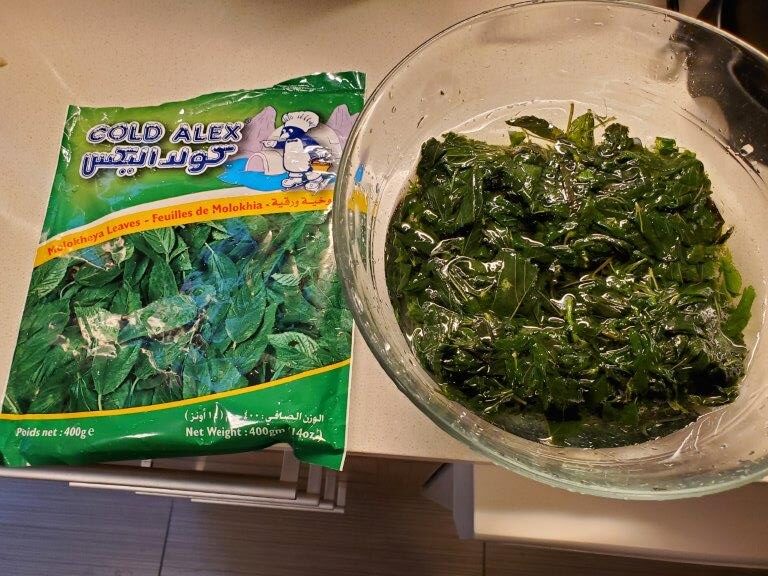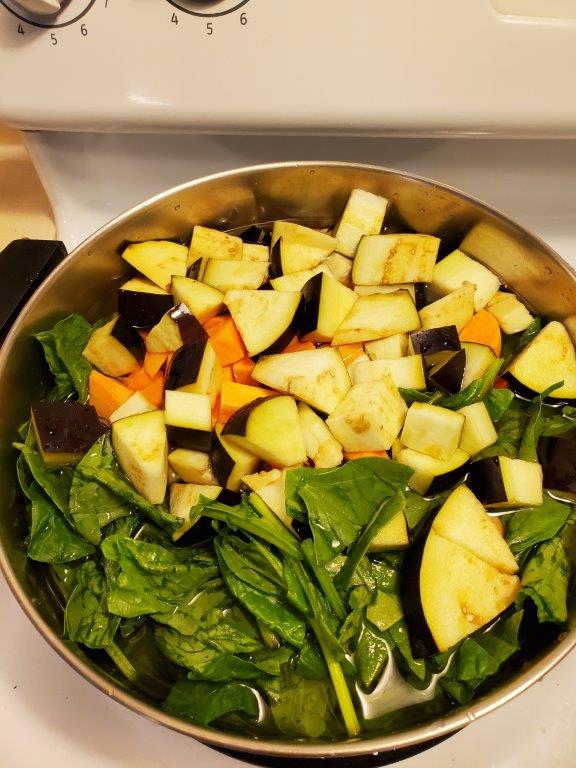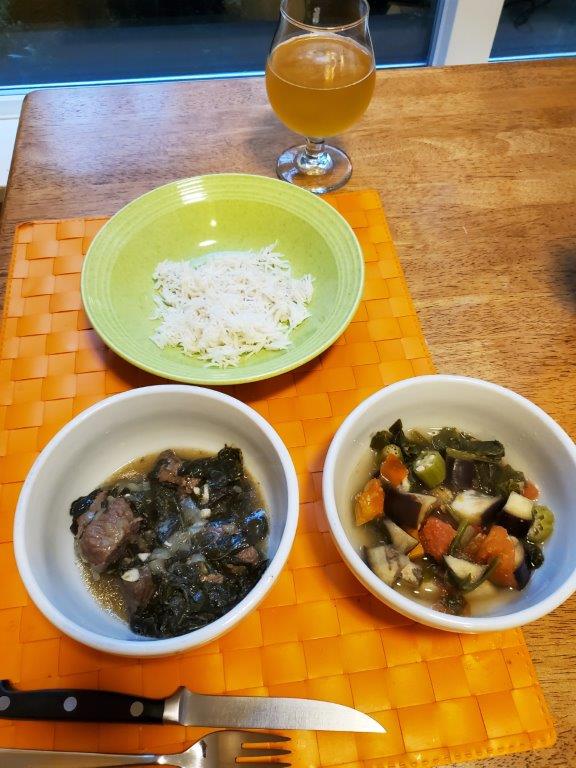OK, let’s just get this out of the way right now. “Chad” is an anglicization of the Kanuri word for “Lake.” So we can skip those jokes, right? Great! Moving on…
This blog has been deeply indebted to the research of Marc Rinaldi, who we have been referring to as “Cooked Earth Guy” this whole time. Well, he’s a real person, who is better at research, cooking, food photography, and writing than we are. What he is NOT better at than us is publishing a new entry on a regular basis. Probably because he doesn’t have his own blog to crib from, and has to do all the work himself. I want to acknowledge how much we’ve appreciated all his work because…
…we’ve caught up with him, and this will probably be the last entry that steals his recipes. His last entry, on the Republic of Chad, was published over two years ago. Still – lets see how we do with it.
Chad is another country from Central Africa, so we’re going to see similar ingredients to last entry – okra, spinach, peanuts. In fact, both meals could be described as “One Beef Stew and One Vegetable Stew With Peanuts.”
But there are differences, starting with our first new ingredient for a while: Jute Leves!
Jute leaves, also known as Molokha, (and a ton of other names) are cultivated all over the world, but particularly in the middle east and Africa. We picked up a bag at a middle eastern grocery store in Kitsilano. The bag had a penguin on it for some reason. (As far as we know, jute leaves and penguins are not co-located anywhere in the world.)
If you like leafy green vegetables in general, you will probably like these too – they’re a bit gloppy on their own, but as part of a stew, they have a lovely thickening effect, similar to okra. So stew them we did, with onions, garlic, and some beef.
The vegetable and peanut stew used a very pretty assortment of vegetables:
However, one big drawback of our Vancouver apartment is that unlike our old place, there’s only an electric range. This makes it much harder to follow instructions like “bring quickly to a simmer, then lower heat.” If you put it up high enough to come to a simmer within the next day or so, then it’s going to STAY at that heat for a lot longer than you’d prefer.
As a result, the stew both never really thickened up, while at the same time the veggies got pretty mushy. It still wasn’t bad, but the peanut-to-things-that-are-not-peanut ratio looked nothing like the beautiful pictures on Cooked Earth. Sigh. Certainly the one we made last time for the Central African Republic turned out better.
The beef stew, on the other hand, was delicious, and jute leaves may have to become a regular freezer staple. I wonder if we can get them with extra penguin?
All in all, it was a filling dinner, and we got a lot of mileage out of the leftover veggies by cooking other stuff and tossing them on top for the rest of the week.
So farewell, Mr. Rinaldi, and thanks for all you’ve done. Next up, we head back to South America for the first time in a while, and find out what Chile has to offer us!
Recipes here:
Cooked Earth – Chad




